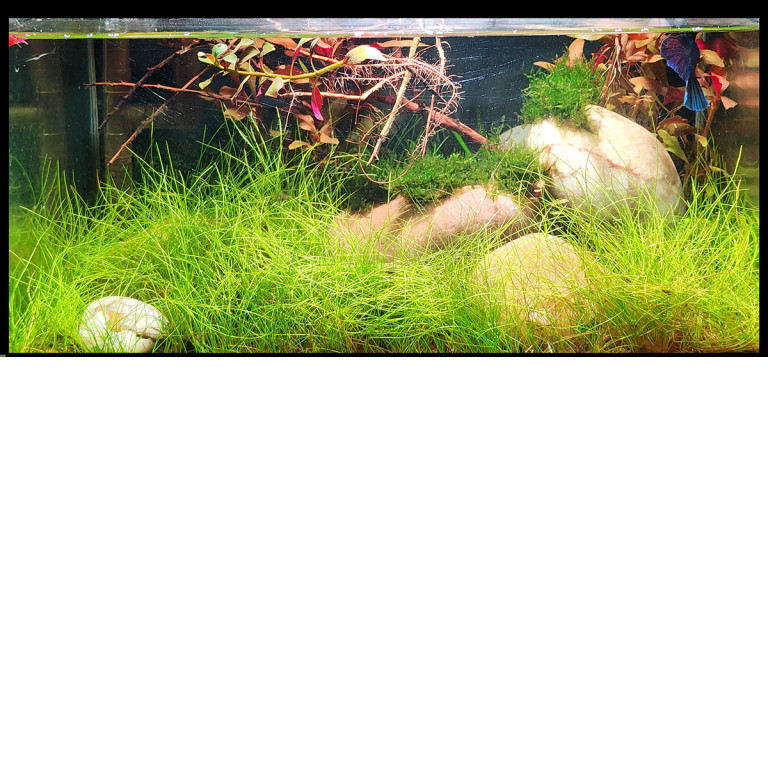What is a Paludarium?
A paludarium is a type of vivarium that incorporates both terrestrial and aquatic elements, creating a miniature ecosystem that mimics the natural environment. The term “paludarium” is derived from the Latin word “palus,” meaning swamp, and “arium,” meaning a place for something. This unique habitat provides a harmonious blend of land and water, allowing for the coexistence of various plant and animal species.


Types of Paludariums
There are several types of paludariums, each designed to replicate specific natural habitats. Here are a few common types:
1. Rainforest Paludarium
This type of paludarium mimics the lush, humid environment of a tropical rainforest. It typically includes dense vegetation, streams or waterfalls, and a variety of terrestrial and aquatic plants and animals.
2. Riparian Paludarium
A riparian paludarium replicates the ecosystem found along riverbanks or streams. It features a mix of submerged, emergent, and terrestrial plants, as well as aquatic animals such as fish and amphibians.
3. Mangrove Paludarium
This type simulates the unique conditions of mangrove swamps, with brackish water and specialized plants that can tolerate varying salinity levels. It often includes roots that extend into the water and aquatic species that thrive in these environments.
How to Make a Paludarium ?
Creating a paludarium requires careful planning and attention to detail. Here are the steps to guide you through the process:
Step 1: Planning and Research
Before you start building, research the specific needs of the plants and animals you intend to include in your paludarium. Consider the type of ecosystem you want to replicate and gather information on the necessary equipment, such as lighting, heating, filtration, and substrate.
Step 2: Choosing the Right Container
Select a suitable container that can accommodate both land and water areas. Aquariums and terrariums are commonly used for paludariums.

Ensure the container is large enough to provide ample space for the plants and animals to thrive.
https://anthizochloris.com/product-category/terrarium-paludarium/terrarium-glass-case-and-cabinet
Step 3: Creating the Land and Water Areas
Design the layout of your paludarium by dividing the container into land and water sections. Use rocks, driftwood, and other natural materials to create elevation and separate the two areas.



Ensure the water section has a proper filtration system to maintain water quality.
https://anthizochloris.com/product-category/online-aquarium/aquascape-aquarium/stone
https://anthizochloris.com/product-category/online-aquarium/aquascape-aquarium/wood
Step 4: Adding Substrate
Add substrate to both the land and water areas. For the land section, use a mixture of soil, sand, and peat moss to provide a suitable growing medium for plants. In the water section, use gravel or aquatic soil to support water plants and maintain water clarity.



https://anthizochloris.com/product-category/terrarium-paludarium/substrate-terrarium-paludarium
https://anthizochloris.com/product-category/online-aquarium/aquascape-aquarium/substrate
Step 5: Adding Water Features
Incorporate water features such as waterfalls, streams, or ponds to enhance the natural aesthetic and provide a dynamic environment. Use a water pump to create flow and movement, which can also help aerate the water.
Step 6: Lighting and Heating
Install appropriate lighting to support plant growth and simulate natural light cycles. Depending on your species, you may need UVB lighting for reptiles or additional heat sources to maintain a warm environment. Ensure the lighting and heating elements are safely installed and regulated.

https://anthizochloris.com/product-category/terrarium-paludarium/terrarium-light
Step 7: Introducing Inhabitants
Once the paludarium is set up and stable, gradually introduce your chosen plants and animals. Monitor the environment closely to ensure the conditions are suitable and make adjustments as needed. Quarantine new animals before adding them to prevent the spread of diseases.
https://anthizochloris.com/product-category/online-aquarium/live-fish-fresh-marine
Step 8: Maintenance
Regular maintenance is crucial to keep your paludarium healthy and thriving. This includes cleaning the water, trimming plants, checking equipment, and monitoring the health of your inhabitants. Regularly check water parameters and adjust as necessary to maintain a balanced ecosystem.
Conclusion :
Creating and maintaining a paludarium is a fulfilling endeavour that brings a slice of nature into your home. It requires careful planning, research, and ongoing care, but the result is a beautiful, dynamic habitat that supports a diverse range of life forms. By understanding the different types of paludariums and following the steps to create one, you can build a thriving environment that mimics the natural world and provides a haven for your plants and animals.


